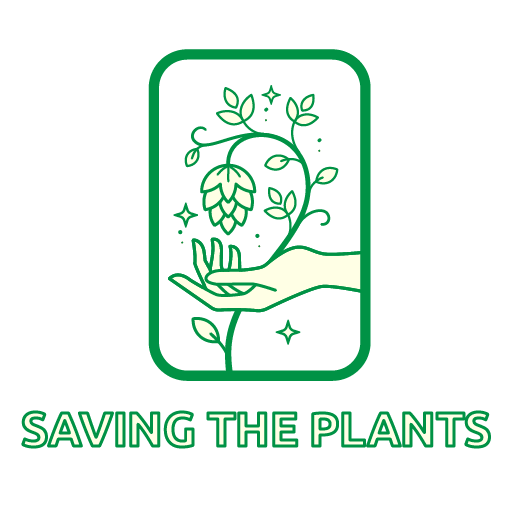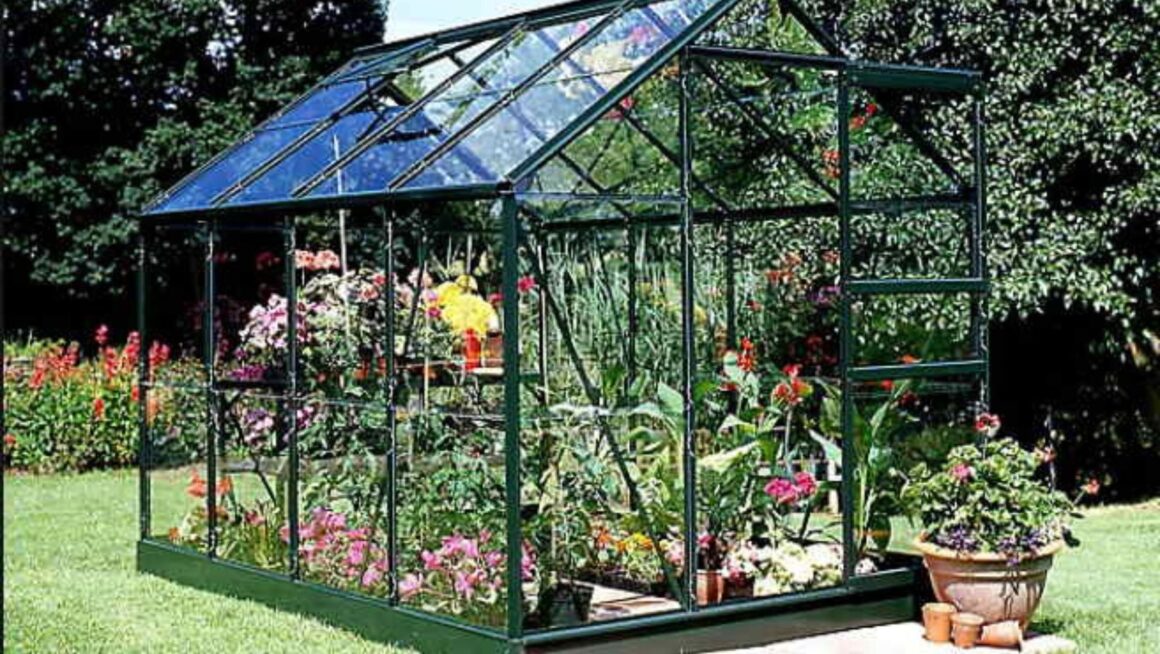Glass Green House
As an expert in glass green house gardening, I’ll delve into the world of glass greenhouses to provide you with a comprehensive understanding of this popular gardening structure. Glass greenhouses are iconic for their ability to create a controlled environment that optimizes plant growth and ensures protection from external elements. The transparency of glass allows sunlight to penetrate effectively, fostering photosynthesis and creating a warm and nurturing atmosphere for plants.
One of the key advantages of glass greenhouses is their durability and longevity compared to other materials like plastic or polyethylene. The sturdy nature of glass provides excellent insulation, retaining heat efficiently during colder months while offering sufficient ventilation options for warmer seasons. Additionally, the aesthetic appeal of glass structures adds a touch of elegance to any garden or backyard setting.
Whether you’re a seasoned gardener looking to expand your growing capabilities or a beginner eager to cultivate your own botanical haven, exploring the realm of glass greenhouses opens up a world of possibilities for nurturing plants year-round. Join me as we uncover the benefits, design considerations, and best practices for maximizing the potential of glass greenhouses in your gardening endeavors.

Benefits of a Glass Green house
As an experienced horticulturist, I can attest to the numerous advantages of utilizing a glass green house for cultivating plants. Here are some compelling reasons why incorporating a glass greenhouse into your gardening endeavors can significantly enhance your growing experience:
- Optimal Light Transmission: One of the primary benefits of a glass greenhouse is its ability to allow maximum sunlight penetration. The transparent nature of glass enables plants to receive ample sunlight, promoting healthier growth and photosynthesis.
- Extended Growing Season: With a glass greenhouse, you have the flexibility to extend your growing season beyond traditional outdoor limitations. By creating a controlled environment, you can grow delicate plants year-round and even experiment with exotic species that may not thrive in your region otherwise.
- Temperature Regulation: Glass greenhouses excel in temperature regulation due to their insulation properties. They retain heat effectively, creating a stable microclimate that protects plants from sudden temperature fluctuations and harsh weather conditions.
- Pest and Disease Control: The enclosed structure of a glass greenhouse acts as a barrier against pests and diseases, safeguarding your plants from external threats. This controlled environment reduces the risk of infestations, allowing you to maintain plant health more efficiently.
- Enhanced Aesthetic Appeal: Beyond functionality, glass greenhouses offer an aesthetic charm that enhances any garden or landscape. The elegant design and transparency of the structure add visual interest while showcasing your plant collection in an appealing manner.
Incorporating a glass green house into your gardening setup can revolutionize the way you nurture plants and elevate your cultivation practices to new heights.

Choosing the Right Location for Your Glass Greenhouse
When setting up a glass green house, finding the IDEAL location is crucial for successful plant growth and overall efficiency. Here are some key considerations to keep in mind:
- Sunlight Exposure: Ensure your glass greenhouse receives AMPLE sunlight throughout the day. Position it where it can benefit from full sun exposure, especially during the morning and early afternoon when light intensity is at its peak.
- Avoiding Shade: Steer clear of areas obstructed by TALL buildings, trees, or other structures that could cast shadows on your greenhouse. These can significantly REDUCE the amount of sunlight your plants receive.
- Wind Protection: Select a location that provides some natural WIND protection, such as being shielded by a fence or taller vegetation. Strong winds can damage both the structure of the greenhouse and delicate plants inside.
- Accessibility to Water and Electricity: Make sure your chosen spot is within reach of a water source for IRRIGATION needs and electricity supply if you plan to use heating or automated systems in your greenhouse.
By carefully considering these factors when choosing the location for your glass greenhouse, you’ll create an optimal environment for cultivating healthy plants year-round. Remember, proper planning at this stage can lead to more productive harvests and a thriving garden space.


